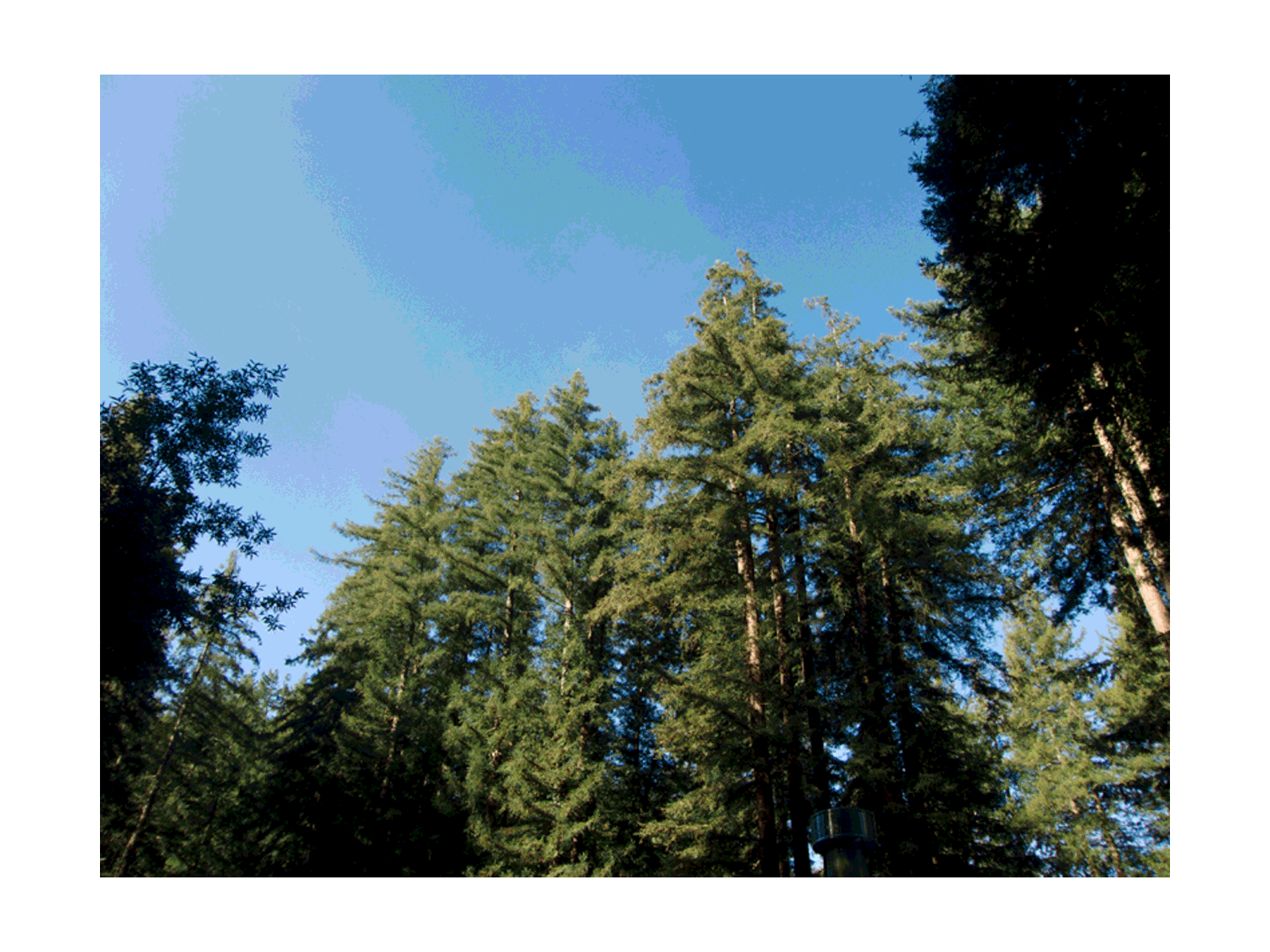Monday, September 29, 2014
Friday, September 26, 2014
Monday, September 22, 2014
Friday, September 19, 2014
Tuesday, September 16, 2014
GD: Notes
Graphic File Format
- understanding Format
- choice and Image
- Compression
What is Compression?
- Compression makes your file smaller
- Misused it will might look bad or sound bad do to the low quality
File Formats
- All computers, files are packaged as file formats
- Format is determined by origin
- Graphic Files can be reduced by using image compression formats
Lossy vs. Lossless
- They are the 2 categories for compression
- Lossy: takes all the data that is not needed and throws its away
- Upside: makes file much smaller
- Downside: makes quality lower
- Lossless: Reduces very little
- Upside: preserves the file with higher quality
- Downside: File isn't as small
Graphic Formats
- TIF, JPG and GIF are 3 most common for printing, scanning and displaying images over the internet
- PNG is a common web format for high quality, it can contain an alpha (transparency) channel, however it doesn't have adjustable compression
- Each Format has advantages and disadvantages
File Format TIF:
- Stands for: Tagged Image Format
- Common for Desktop publishing, print, photo and graphic design
- Lossless
- Large File size, Not internet friendly
- Not browser compatible
File Format JPG:
- Stands For: Joint Photographers Expert Group
- digital photography
- works best for photo content
- Lossy Format
- You can reduce file 10:1 without showing much compression artifact
- Compression is adjustable
File Format GIF
- Stands For: Graphics Interchange Format
- Best for images that have flat color or even tone (example: Cartoon)
- Reducing image size by "Indexing" color from 3 channels to 1
- adjustable changing color bit levels from 1 to 8
- Contains no DPI (Dots Per Inch) data for printing. Not good format for printing
- They can be animated
Know your Pixels
- TIF and JPG are best for pixels that blend together also known as "Contiguous Pixels"
- GIF is best for flat, even tone images "non-contiguous pixels"
Wednesday, September 10, 2014
Subscribe to:
Comments (Atom)

































